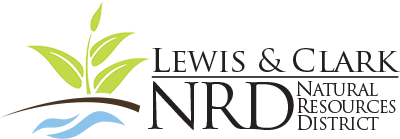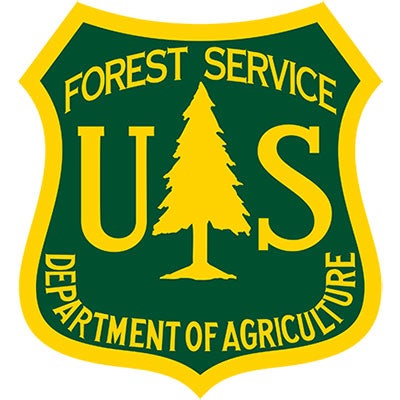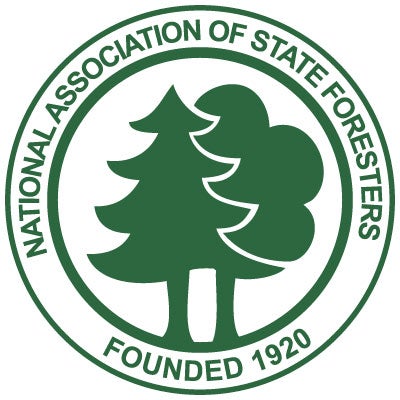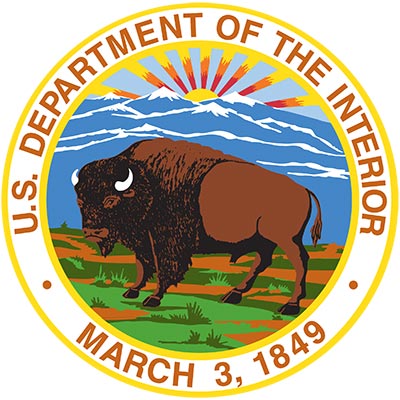Firewise

The National Fire Protection Association’s (NFPA) Firewise USA™ program teaches people how to adapt to living with wildfire and encourages neighbors to work together and take action now to prevent losses.
Areas of improvements in and around the Home:
Coatings
- A common example of a coating providing enhanced performance when exposed to fire is intumescent paints (i.e., they form a film when dry). When an intumescent coating is heated by elevated levels of radiant heat, or flames, it can swell up to 20 times the original dry-film thickness; creating an insulation layer that protects the combustible building component.
Fencing
- Many wildfire educational programs, along with the Insurance Institute for Business & Home Safety (IBHS) recommend noncombustible fencing products when placed within five feet of a building. As a necessary component, fencing located within the zero to five-foot noncombustible zone should be constructed of noncombustible materials. A noncombustible zone minimizes the likelihood of wind-blown embers igniting fine fuels (such as bark mulch) located close to the building. Ember-ignited mulch can result in a radiant heat and/or flaming exposure to the building’s exterior. Using noncombustible fencing where it attaches to the building reduces the opportunity of a burning fence igniting the exterior of the structure. Fencing products are often available in eight-foot pieces and use of that full section of noncombustible material is recommended.
Decks
- A burning deck can ignite siding or break the glass in doors or windows, allowing fire to gain entry into the house. Consequently, making decks less vulnerable to wildfire also makes your house less vulnerable. Reducing the deck’s vulnerability requires an approach that focuses on the materials and design features used to build the deck, and creating a noncombustible zone around and under the deck. Routinely remove debris that accumulates in between deck board gaps and debris that can accumulate at the intersection between the deck and house. If the deck is a non-fire-retardant treated softwood deck, consider removing and replacing deck boards within a few feet of the house. Be careful to match the deck board thickness. When building new decks, select deck boards that comply with the California Building Code requirements. If using wood joists, cover the top and part of the sides with a foil-faced bitumen tape product.
Attic and crawl space vents
- For (under-eave) inlet vents, opt for a soffited eave design. IBHS research demonstrates that gable end vents and other vent openings are vulnerable to wind-blown embers when the face of the vent is perpendicular to the wind flow, while embers are less likely to pass through vents with a face that is parallel to the wind flow. Therefore, soffited eave construction is preferred to open eave. For outlet vents, opt for a ridge that is rated to resist wind driven rain. These vents have an external baffle at the vent inlet. Vents that have been approved for use by the California Office of the State Fire Marshal. Turbine vents also help keep embers out, but you should attach a piece of 1/8-inch mesh to the bottom of the roof sheathing at the opening for the vent
Roofing materials
- Roofs should be Class A fire-rated, such as asphalt composition shingles. If you’re unsure about your roof’s rating, hire a professional roofer to make a determination. Remove debris on the roof and in the gutters at least twice a year, or more often if necessary. Remove tree branches that overhang the roof. Periodically inspect exposed areas under eaves and soffits to ensure construction materials are in good condition. Cover vents, e.g., with noncombustible, corrosion-resistant 1/8-inch metal mesh screens. Inspect and maintain your roof on a regular basis. Replace when necessary
For more information or if you are inquiring about becoming a FireWise Community please contact your local FireWise Liaison.
Pam Bergstrom - Contact for areas west of Highway 81
NFS Forester
Upper Elkhorn NRD
301 N Harrison St
O'Neill, NE 68763
Office Phone: 402-336-3867
Ce;ll Phone: 402-370-6912
email: pbergrstom2@unl.edu
Chris Wood - Contact for areas east of Highway 81
Forester - Forest Management/Rural Forestry
1508 Square Turn Blvd
Norfolk NE 68701
Phone: 402-309-4721
Email: cwood16@unl.edu
Mark Frickel
Nebraska Forest Service
24836 S Lonestar Road
North Platte, NE 69101
402-314-4373 | mfrickel2@unl.edu | nfs.unl.edu
The Firewise USA program is co-sponsored by the USDA Forest Service, the U.S. Department of the Interior, and the National Association of State Foresters.
Firewise.org was produced in cooperation with the USDA Forest Service. In accordance with Federal law and U.S. Department of Agriculture policy, NFPA is prohibited from discriminating on the basis of race, color, national origin, sex, age, or disability. To file a complaint alleging discrimination, write to: USDA - Director, Office of Civil Rights, 1400 Independence Avenue, SW, Washington DC 20250-9410, or call toll free voice +1 866 632-9992, TDD +1 800 877-8339, or voice relay +1 866 377-8642. USDA is an equal opportunity provider and employer.




